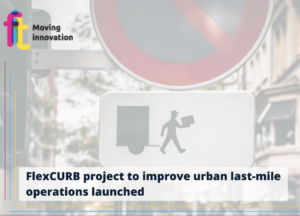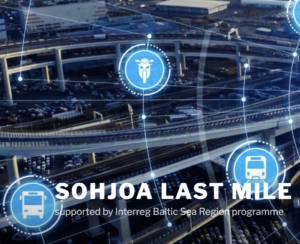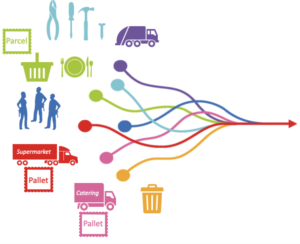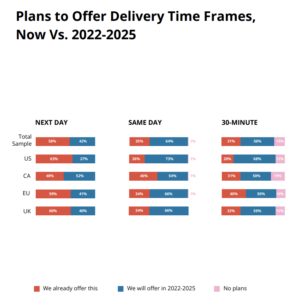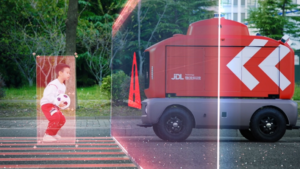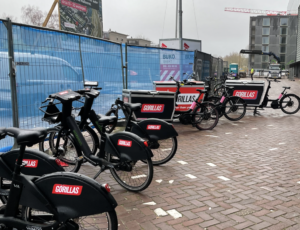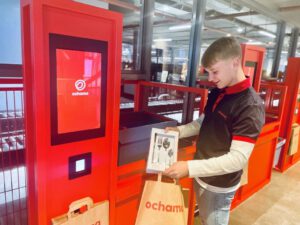GeoSence: testing and applying geofencing technologies in cities
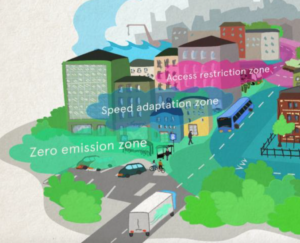
The overall objective of the GeoSence project is to design, trial, and evaluate geofencing concepts and solutions for specific cases in cities, within the project and from other previous and ongoing geofencing initiatives and to propose new ways of successfully deploying geofencing technologies. Furthermore, tools for implementation and approaches to scaling up and spreading the …


